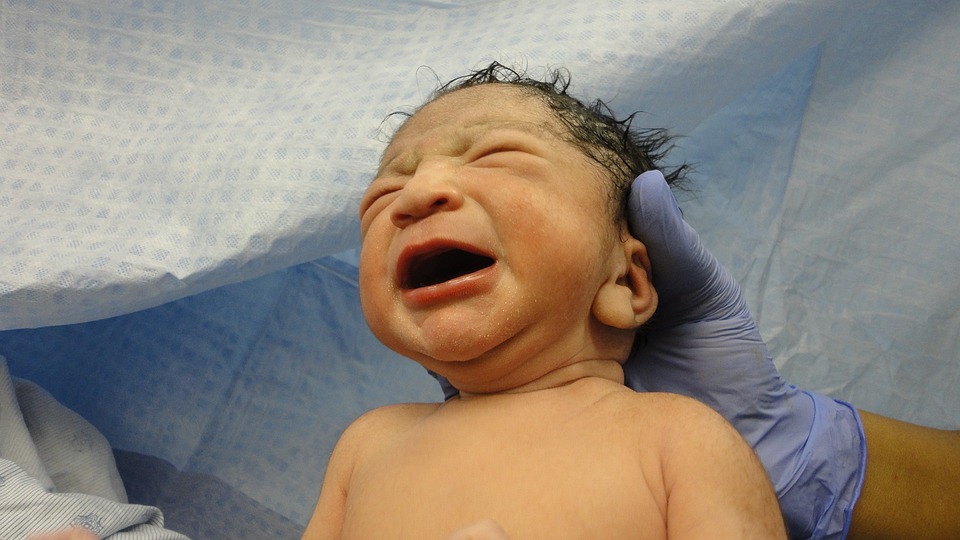When it comes to baby development, parents are always on the lookout for ways to ensure their little ones grow up healthy and happy. One area that has garnered a lot of attention in recent years is the use of helmet therapy to correct plagiocephaly, more commonly known as flat head syndrome. This condition occurs when a baby’s head develops a flat spot due to pressure on one area of the skull. While once considered purely a cosmetic issue, research has shown that plagiocephaly can impact a baby’s overall development, leading to concerns about cognitive and motor skills. In light of this, helmet therapy has become an increasingly popular option for parents seeking to address this issue in their babies. But what exactly is helmet therapy, and what impact does it have on baby development?
Helmet therapy, also known as cranial orthosis therapy, involves the use of a specialized helmet that is worn by the baby for a predetermined amount of time. The helmet is custom-fitted to the baby’s head and is designed to gently guide the skull into a more symmetrical shape as the baby grows. By providing a constant, gentle pressure on the skull, the helmet encourages the baby’s head to grow in a more uniform manner, effectively addressing the flat spot that has developed.
So, what impact does helmet therapy have on baby development? Research in this area is ongoing, but several studies have suggested that helmet therapy can have positive effects on a baby’s overall development. One study published in the journal Pediatrics found that infants with positional plagiocephaly who received helmet therapy showed significant improvement in both skull shape and motor skills compared to those who did not receive the treatment. Another study published in the Journal of Craniofacial Surgery found that helmet therapy was effective in reversing moderate to severe cases of plagiocephaly, with improvements in head shape observed in as little as two to three months of treatment.
These findings are significant, as they suggest that helmet therapy may not only address the physical symptoms of plagiocephaly but also support healthy development in other areas. By promoting a more symmetrical skull shape, helmet therapy may help to minimize any potential impact on a baby’s cognitive and motor skills, allowing them to reach important developmental milestones with greater ease.
It’s important to note that while helmet therapy has shown promise in addressing plagiocephaly, it is not the only option available to parents. Repositioning techniques, tummy time, and physical therapy are also commonly used to address flat head syndrome, and the best course of action will ultimately depend on the specific needs of the baby. As with any medical intervention, it’s essential for parents to consult with healthcare professionals to determine the most suitable approach for their child.
As our understanding of baby development continues to evolve, it’s clear that helmet therapy has the potential to play a valuable role in supporting healthy growth and development in infants. By addressing plagiocephaly and promoting a more symmetrical skull shape, helmet therapy may offer benefits that extend beyond the physical, setting the stage for a bright and promising future for our little ones.
Summary
Helmet therapy, also known as cranial orthosis therapy, has emerged as a popular option for parents seeking to address plagiocephaly, or flat head syndrome, in their babies. Research has suggested that helmet therapy can have a positive impact on a baby’s overall development, with improvements in skull shape and motor skills observed in infants who received the treatment. While helmet therapy is not the only option available, its potential to support healthy growth and development in infants is promising, setting the stage for a bright future for our little ones.
FAQs
1. Is helmet therapy the only option for addressing plagiocephaly in babies?
No, there are other options available, including repositioning techniques, tummy time, and physical therapy. The most suitable approach will depend on the specific needs of the baby, so it’s essential to consult with healthcare professionals to determine the best course of action.
2. How long does a baby have to wear a helmet during therapy?
The duration of helmet therapy can vary depending on the severity of the plagiocephaly and the individual growth patterns of the baby. In general, treatment may last anywhere from a few months to several months, with regular monitoring by healthcare professionals to track progress.
3. Are there any potential risks or side effects associated with helmet therapy?
As with any medical intervention, there are potential risks and side effects to consider. These may include skin irritation, discomfort for the baby, and the need for regular adjustments to the helmet. It’s important to discuss these considerations with healthcare professionals before proceeding with helmet therapy.
[ad_2]

















コメント